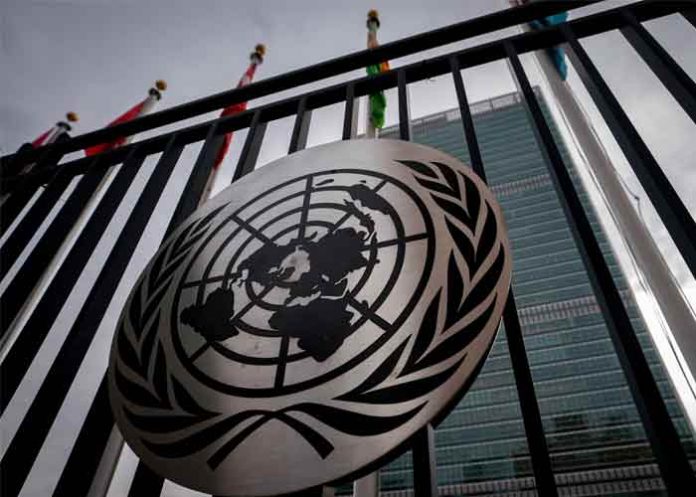New Delhi, Oct 9 2024-
Recognising India’s extraordinary progress in advancing maternal health and family planning, the United Nations Population Fund (UNFPA) on Wednesday felicitated the country for its efforts in reducing the maternal mortality ratio (MMR) by an impressive 70 per cent between 2000 and 2020.
MMR refers to deaths due to complications from childbirth or pregnancy per 1 lakh live births. This includes any maternal death that happens immediately or within 42 days of termination of pregnancy, whether through childbirth, abortion, or miscarriage.
The MMR under the UN-mandated Sustainable Development Goals (SDG) for 2030 is 70.
“The achievement has saved the lives of thousands of women across the country, particularly those from marginalised communities,” said Dr. Natalia Kanem, Executive Director of UNFPA, while felicitating Punya Salila Srivastava, Union Health Secretary, by presenting a plaque and certificate.
“This has positioned India to achieve the Sustainable Development Goal (SDG) target of an MMR below 70 before 2030,” Kanem added.
The country’s MMR fell precipitously by 82.5 per cent between 1990 and 2020.
The drop in India’s MMR comes on the back of targeted government efforts. The Ministry of Health and Family Welfare has been implementing several programmes to improve maternal health outcomes toward achieving zero preventable maternal deaths. These include assured quality and respectful maternity care under the Surakshit Matritva Aashwasan Yojana (SUMAN), Pradhan Mantri Surakshit Matritva Abhiyan (PMSMA) and the Midwifery Services Initiative.
India has already achieved a total fertility rate (TFR) of 2.0 with 31 States/UTs achieving replacement levels, barring Uttar Pradesh, Bihar, Jharkhand, Meghalaya, and Manipur. TFR is the average number of children born per woman.
The total fertility rate for India is expected to decline from the current 1.96 and start the next century at 1.69.
A total fertility rate of 2.2 is considered the replacement rate that will hold the population steady, and a dip below that signals a population decline, although it could still be growing because of increasing life expectancy and because of the previous population growth that resulted in a large number of younger women who will be of child-bearing age. (Agency)








































































